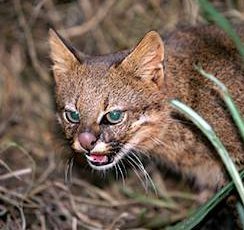The Bellbird (Korimako or Makomako) is a very common bird so they are widely populating the NZ native forests. The only area that Bellbirds do not live in is the north of the North Island. They have a very effective blending system which relies on their green feathers.

The Bellbird can also live on many offshore islands apart from the main islands. In the forest, it tends to rain quite often which sometimes causes flooding. However water is very easy to find which supports animal life well. The Bellbird feeds on nectar, fruit and insects. They are 'honey-eaters' so they play an important role in the environment for pollinating many native plants such as mistletoe, fuchsia and kowhai. The food it eats is very common which is why the Bellbird is so efficient in surviving in the native forests.
Bellbirds are very efficient when avoiding predators. They are live in trees and have the ability to fly like all birds which means land predators will have trouble catching them. There are no major threats to the Bellbird in the birds category which means that they are mostly safe from any land threats. The only problem is their eggs being stolen/eaten by predators such as cats, weasels, stoats and rats. Some compete with the Bellbird in gathering food such as other birds and wasps whereas the other predators will hunt the initial Bellbird or its eggs.
The Bellbird has succeeded in the community because of its camouflaged feathers, which blend with the foliage of the forest. It also eats some very common foods such as insects, nectar etc. Overall, the reason why the Bellbird is so common is because of its ability to adapt to the environment, avoid its predators and eat whats common and available. Unlike the dinosaurs, the Bellbird isn't picky and that is why it survives longer.







